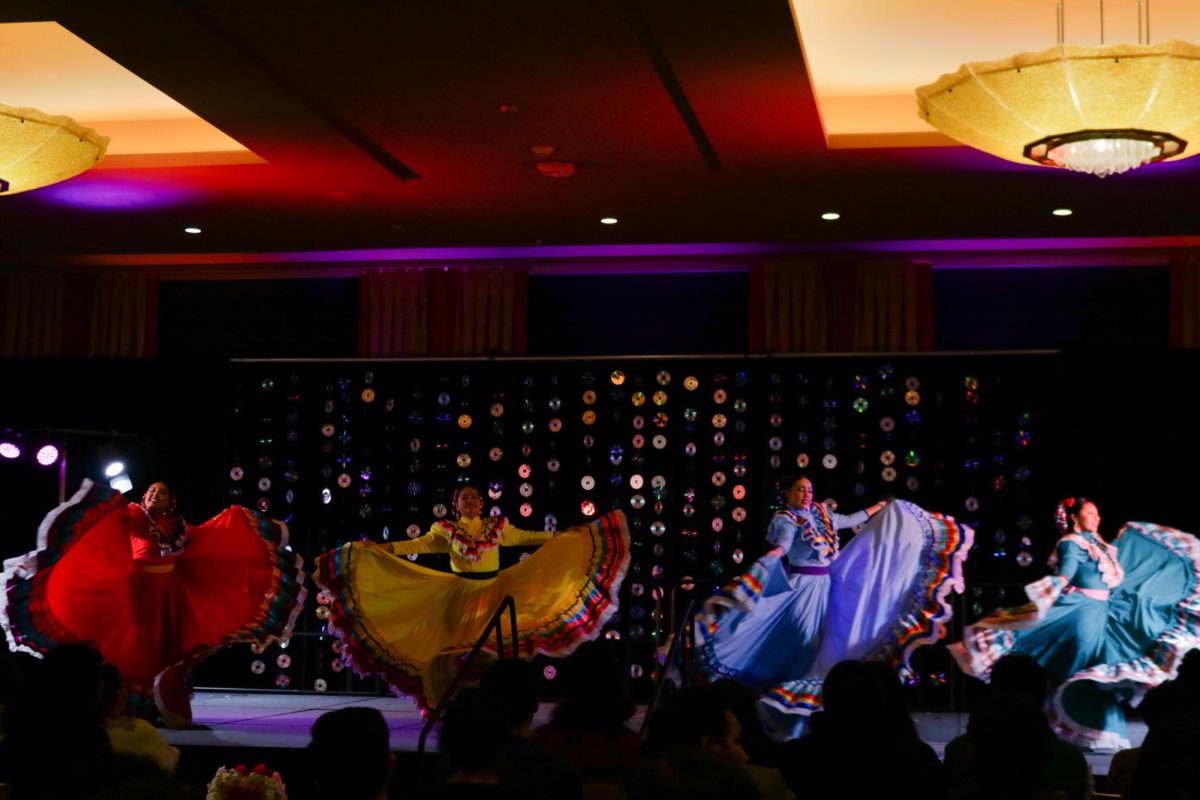“Things that go viral typically tap into something that we don’t know we want,” said Christopher Paul, the chair of the communications department at Seattle University.
The music video for the rap hit “This is America” by Childish Gambino, reached over 170 million views on YouTube this week and is intended to depict the experience of black communities in the United States.
Published on YouTube on May 5, the song opens at a slow tempo as a man plays the guitar and the camera pans to Childish Gambino. As the music picks up, Childish Gambino shoots and kills the now white-hooded man, followed by a series of symbolic scenes.
In one scene, Gambino is dancing with children who are dressed in school uniforms, in another, Gambino is seen shooting a church choir. Riots depicted in the background are a heavy contrast with the excited expression on Gambino’s face throughout the video.
In the final scene of the video, a mob chases Childhood Gambino through a dark hallway. In this moment, Gambino’s face expresses true terror.
Scenes in this video have sparked a global conversation about race relations in the United States.
Paul described the video as a piece of art with many meanings to be interpreted.
“I think that that gives him something that leads to people potentially watching it more than once, leads to an industry around it trying to explain it or wanting to talk about it, and it also speaks to something that seems to be going on right now,” Paul said.
The video depicts a disregard for the bodies of victims as the murderer treats the victims as insignificant while the gun is regarded with care. After watching the video, Tara Roth, a Seattle U English professor, described symbols of “modern-day lynching”, such as the placement of the bag over the head, and noticed the reference to the Charleston shooting. She links these scenes to white supremacy.
Angelique Davis, who teaches Political Science at Seattle U, saw the white warehouse as another example of white supremacy. The gun violence, the riots and the chaos in the background are all in one white building.
“Yet, in the video, it’s Gambino pulling the trigger, demonstrating that America continuously equates the black man with violence even though, in reality, these atrocities stem from our white supremacist culture: ‘This is America.’” Roth said.
Gambino also depicts the black experience by expressing expectations placed on black Americans in his lyric, “We just wanna party/Party just for you”, and the amount of dancing in the music video. Professor Roth interpreted the lyrics as a depiction of black artists being used as entertainment for white audiences,
“This message of black art as commodity is reinforced in the outro, ‘You just a black man in this world, You just a barcode,’” Roth said.
Davis saw the dancers as being a representation of the way we often go about our lives after an issue of gun violence. The dancers dressed in school uniforms could also be seen as commentary on our educational and political system and how black communities are taught to “keep moving forward.”
“I think for black people in America there’s that feeling of being hunted,” Davis said, referencing the final scene of the video.
Davis cited James Baldwin, a black actor and novelist who once said, “To be black in America is to be in a constant state of fear.”
Roth was reminded of something that author and journalist Ta-Nehisi Coates said. Coates said that black Americans are expected to be “twice as good” as white Americans.
“So, whether you are in the entertainment industry or an average citizen, in America, black people are forced to perform this act of being ‘twice as good,’” she said. “In other words, they must avoid ‘slippin’ at all costs in order to be accepted by white America.”
The editor may be reached at
arts@su-spectator.com






